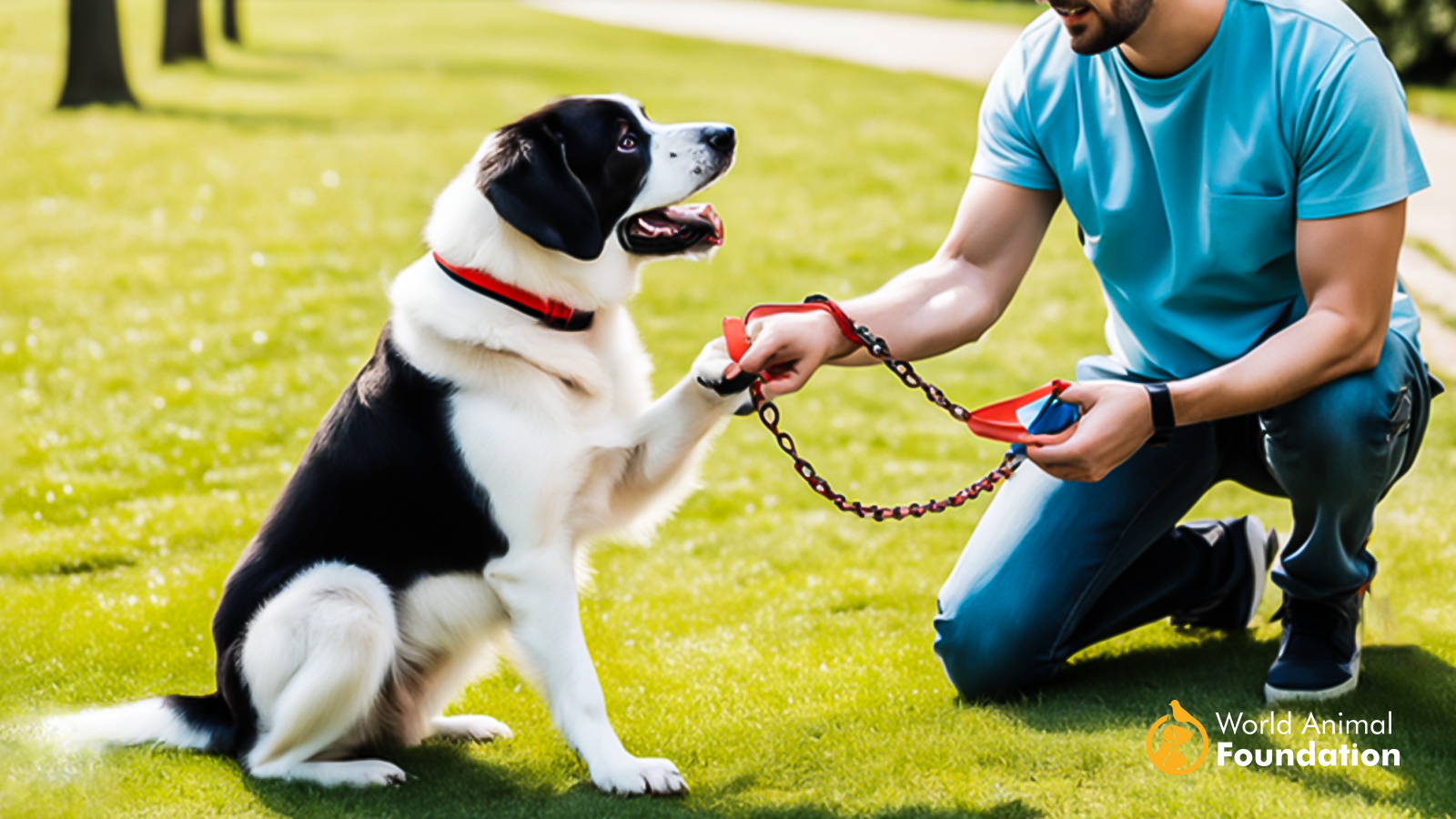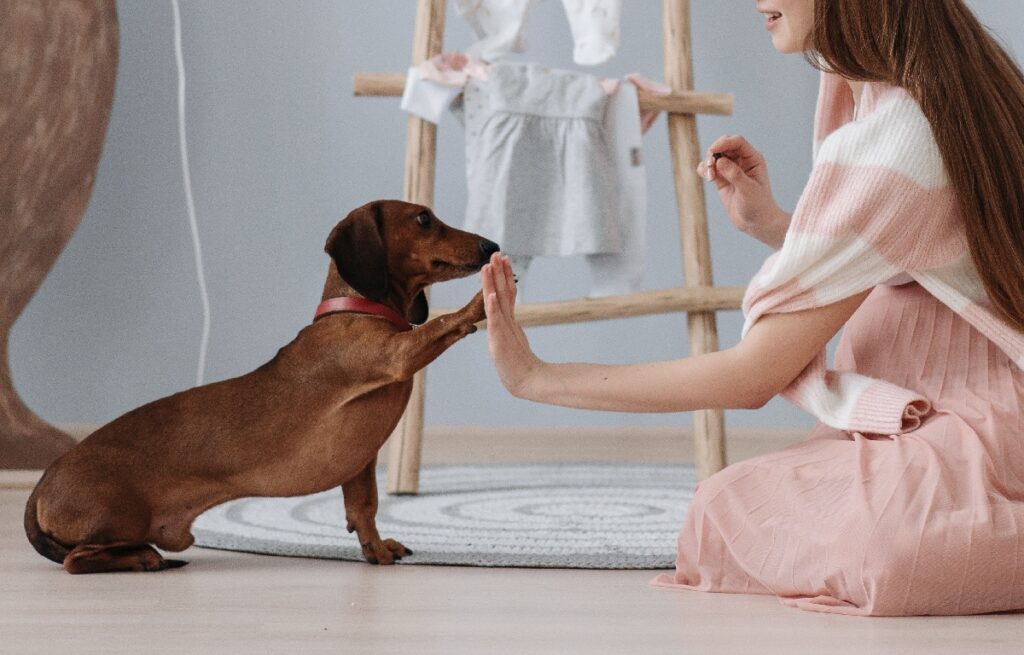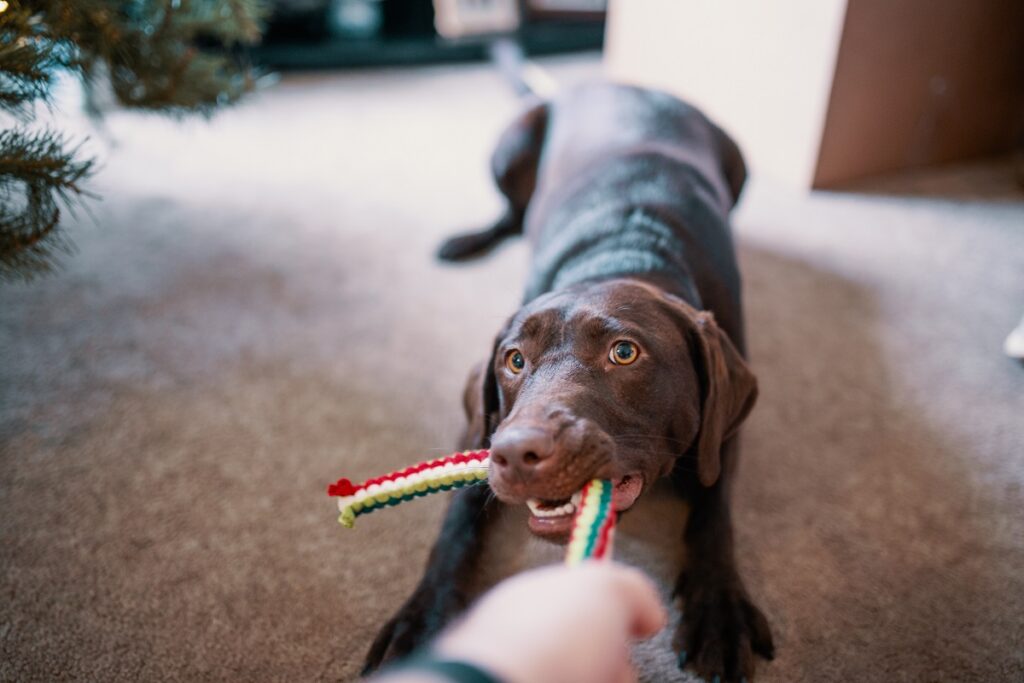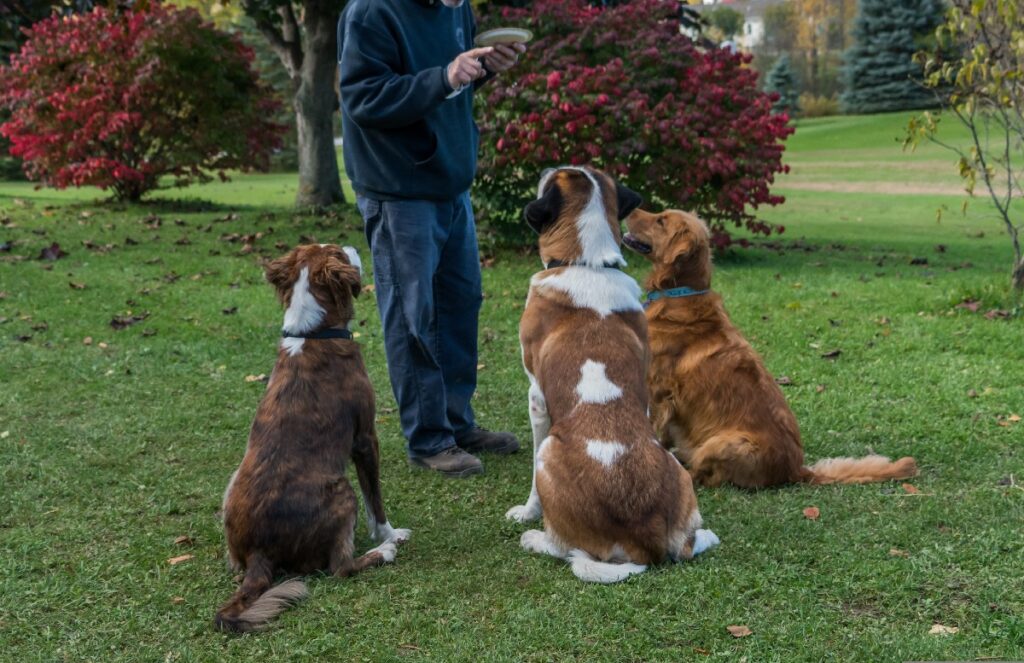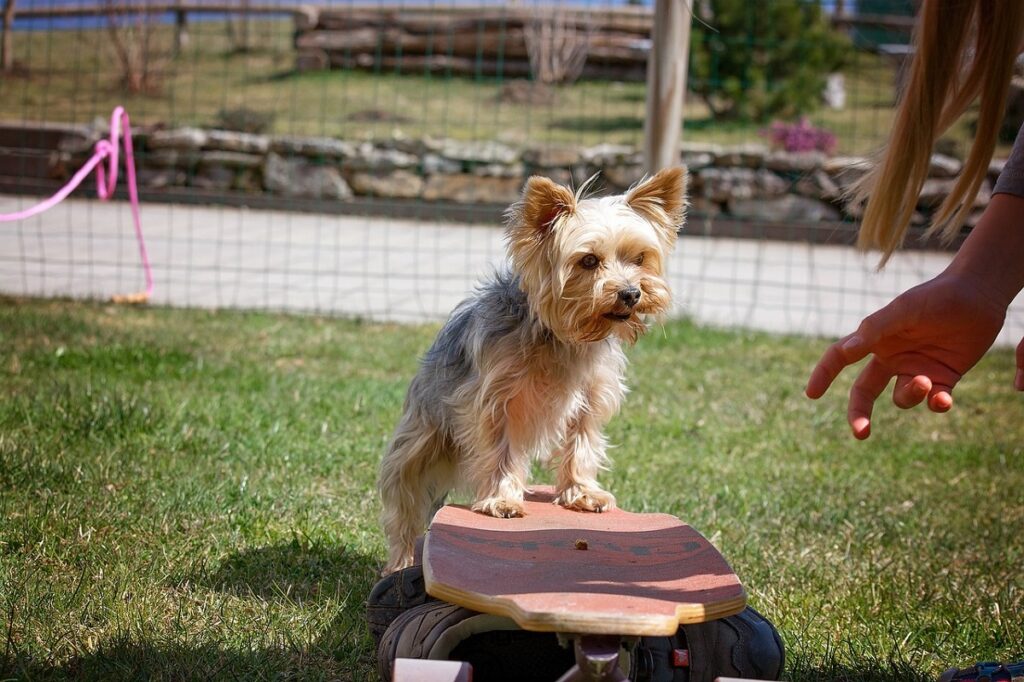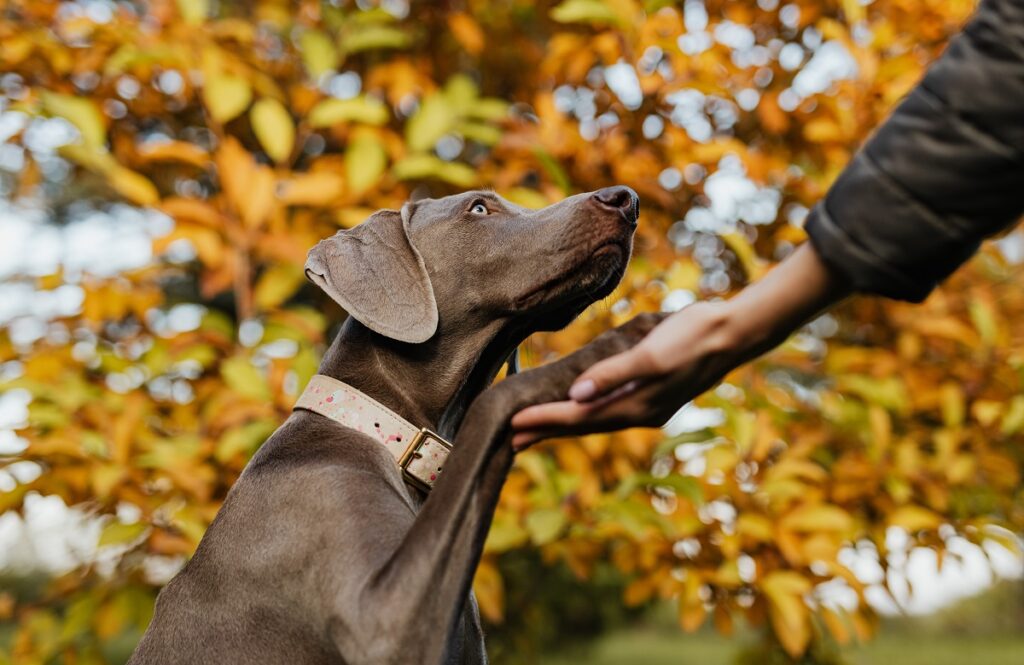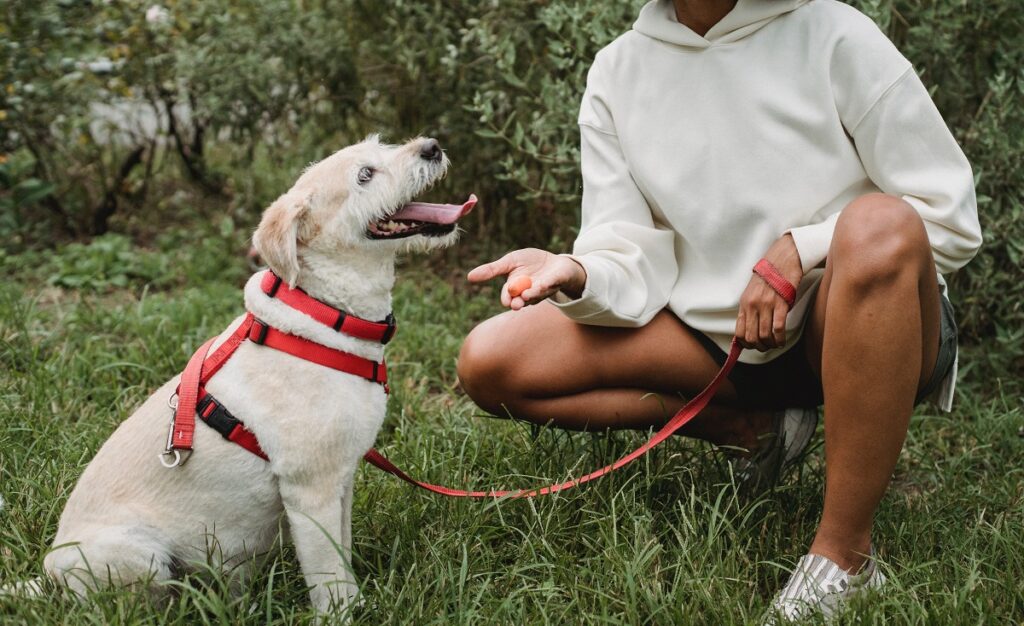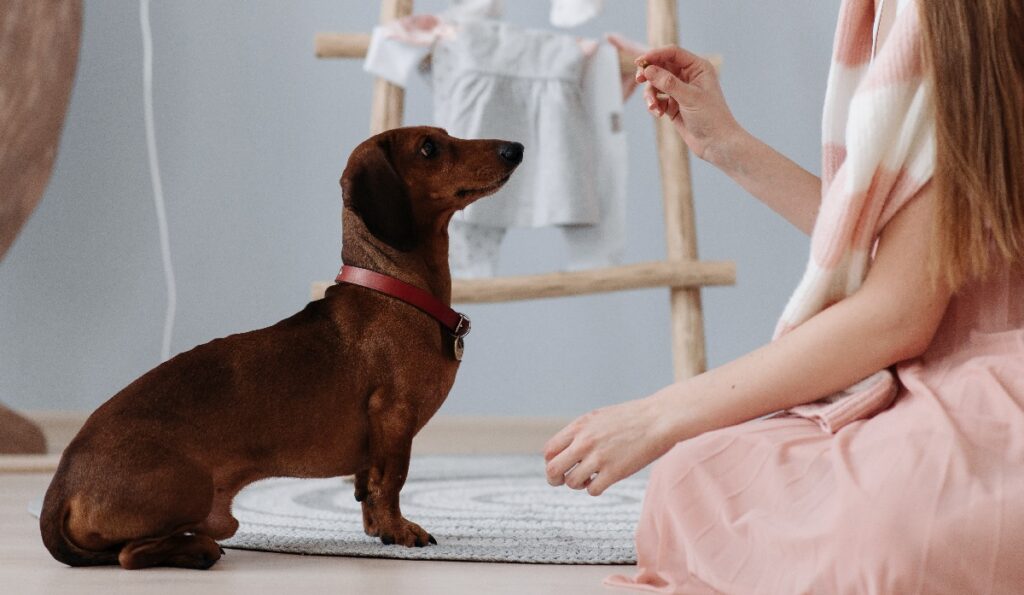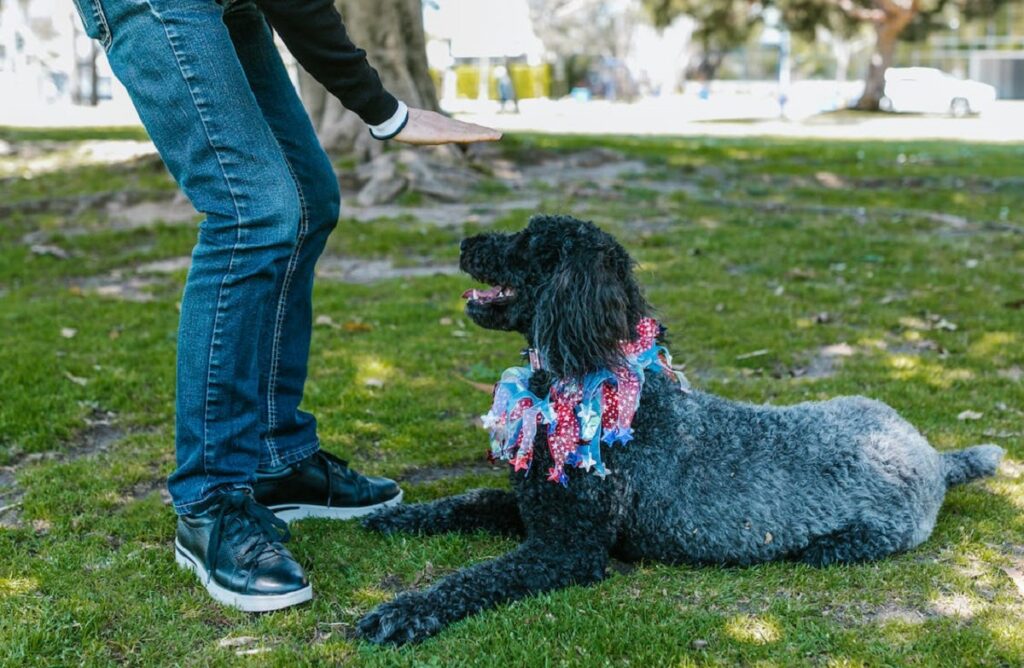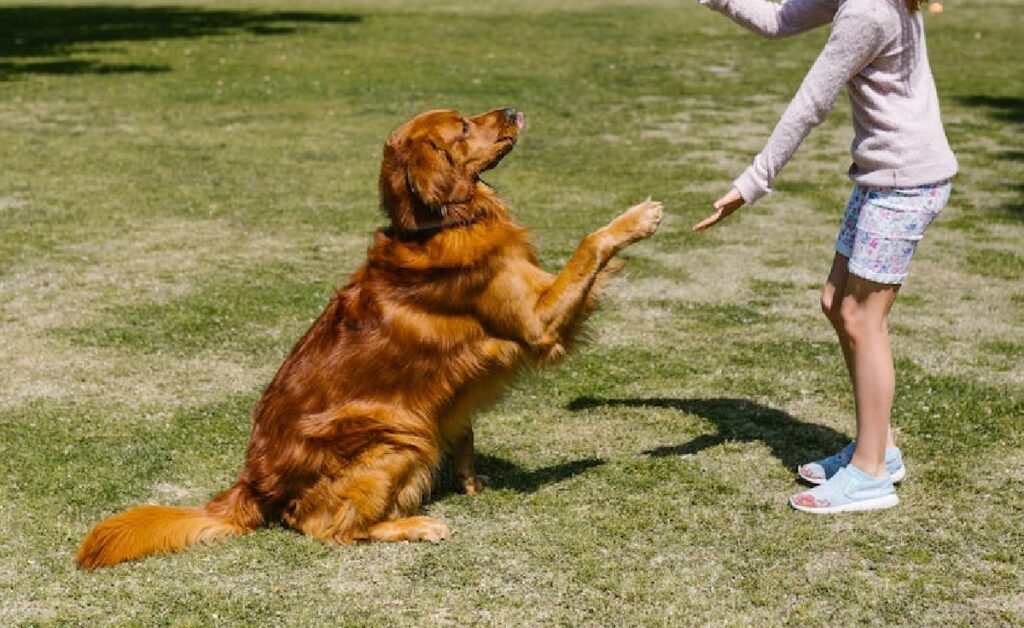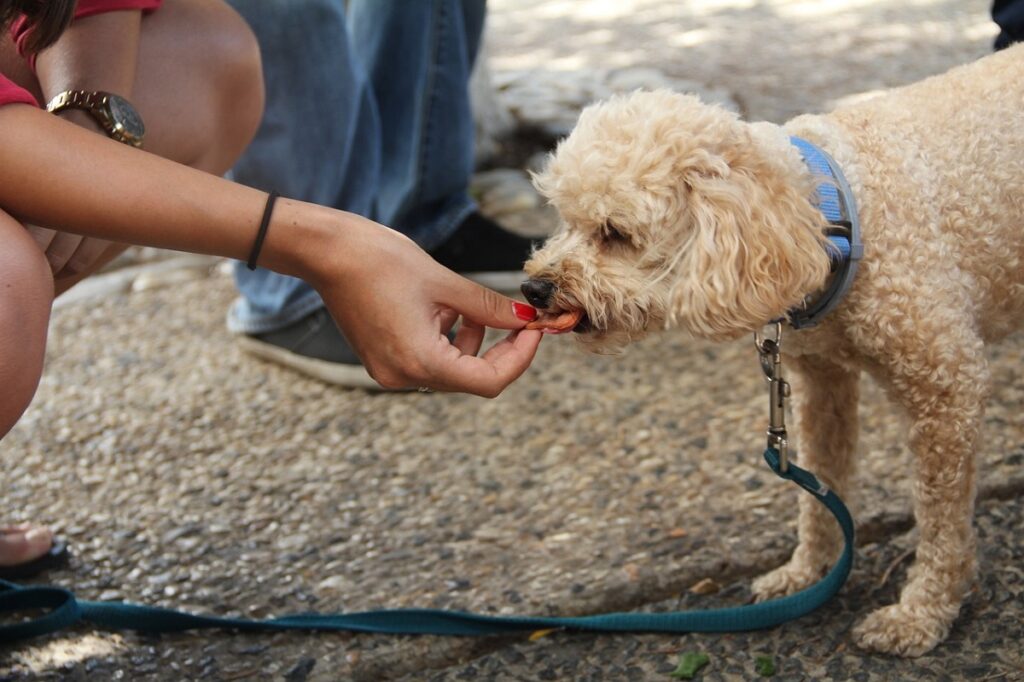Unlock your dog’s full potential with the power of positive reinforcement! This humane and effective training method builds a strong bond based on trust and motivation. We’ll explore the do’s and don’ts of positive reinforcement, showing you how to use rewards like treats, praise, and toys to shape desired behaviors. Learn how to avoid common pitfalls and create a positive learning experience for both you and your furry friend. Discover the secrets to a well-behaved and happy companion through the magic of positive reinforcement.
Successful dog owners know that positive dog training is a method that works. It’s a beneficial teaching tool with short and simple commands to achieve the desired behavior in our canine companions. Understanding the differences between positive and negative reinforcement, developed by leading dog specialists, results in positive behavior and rewards your dog.
Canine training books are excellent for studying positive behavior and enhancing the bond between you and your furry friend.
Here’s how positive reinforcement training works!
Operant Conditioning: The Four Quadrants
If you’re a regular reader of Pet Yolo content, you’ve probably read the name Pavlov before. He’s a Nobel Prize winner for dogs trained in classical conditioning and associative learning methods.
Operant conditioning is learning the association of one action with another. Example: The sound of a bowl clanking or a doorbell ringing means another action follows, like dinner or a visitor. Dogs and other animals learn to match the sounds with action or consequence.
Dogs are motivated by the consequences of their behavior. Some are instinctive, and other elements are learned or taught. Operant conditioning depends on two principles: adding or taking away. Rewarding is considered adding something while taking away a favorite toy or withholding your praise is the opposite and is the first principle, also considered a positive.
Reinforcement and penalizing are the fall-out actions and depend on the increase or decrease in frequency. Reinforcement makes behavior more likely, while penalizing should deter the behavior.
Using these two principles expands into the four quadrants of operant conditioning to help modify your dog’s behavior.
Positive Reinforcement
Positive reinforcement is the guiding principle and depends on rewarding your dog with a treat or petting when they perform a task like sitting correctly.
Positive Punishment
For this principle, trainers add another element, but it’s one the dog dislikes, like a stern reprimand, a physical correction like a pat on the rear end not to repeat this behavior.
For positive reinforcement and positive punishment, you’re adding something.
Negative Reinforcement
Negative reinforcement is the third element and similar to reverse psychology, and means removing an unpleasant action to repeat a behavior. Many dog owners must master negative reinforcement tools like a choke chain by quickly releasing the pressure (a negative consequence) when the dog stops the unpleasant action of straining, teaching the dog the behavior you want.
Negative Punishment
Quadrant four is removing something your dog desires, like your attention. This is a helpful tip to stop unwanted behaviors like jumping, begging for food, etc. For this method to work, remove something and exchange the negative (jumping or pawing) by decreasing the behavior or punishment.
Negative punishment and negative reinforcement rely on taking something away.
Positive Reinforcement Training Method
Science proves that positive reinforcement dog teaching and assertive commands are helpful. You’ll quickly achieve the positive behavior you want, and teaching the dog with positive reinforcement means dogs learn new behaviors and new skills.
Timing Is Crucial
Positive reinforcement rewards positive behavior and corrects negative behavior. Rewarding your dog immediately when it performs its task well encourages them to repeat this desired behavior.
You must react to your dog’s correct response instantly so that it can learn to associate the good action with the reward. Your delayed praise will confuse the dog and may interpret the following action as the correct behavior.
Keep the Training Short and Concise
Most dogs learn to interpret our monotone blah blah blah, our body language, tone, and verbal cues. Simple commands are an effective positive reinforcement technique and make the learning activities an enjoyable experience.
Don’t overwhelm puppies with long sessions, and retain a positive attitude even when the session goes astray. Adapt and reconfigure your approach:
- Monitor your dog’s response for cues
- If something distracts them, reschedule and change the location
- Remaining positive helps your dog build a positive association
- Consistently reinforce the learning sessions
Some of the most practical and fun verbal cues include sit, stay, down, off, watch, up, fetch, heel, come, leave it, and drop or give. Dogs understand an extensive vocabulary and match them to hand signals.
Remember that ‘no’ has no significance for your pooch.
Be Consistent
Consistency isn’t merely repeating a teaching session; it’s also about using the same method as a family unit, consistently rewarding behavior, and being on the same page about hampering negative behavior regardless of how cute Fido is when he chews on an expensive leather shoe.
When To Use Positive Reinforcement
Positive reinforcement isn’t as daunting as it may seem. Here are examples of when and how to use this method successfully.
Teach Dog Cues
Dogs learn good behavior cues better from positive reinforcement than brute force. Use this method consistently to train your puppy:
- To prevent door dashing when letting them out
- To prevent jumping on people from excitement before greeting and petting
- To teach manners at feeding time before setting their food down
To reinforce this good behavior, reward them with an affectionate pat or a good dog verbal cue for sitting patiently before you command them to come, heel, or do other acts like remaining in the yard.
To Discourage Bad Behavior
Here’s where it can get tricky, and we may accidentally teach our pups unwanted behaviors by misusing positive reinforcement. A good example is when we’re in the middle of something important, and our dogs interrupt us by barking, whinging, or pawing, and we give them a treat to quiet or occupy them. Little do you realize then that you’re involuntarily teaching your dog bad behavior by rewarding them.
To Modify the Dog’s Behavior
Not all dogs are quick on the uptake of the new behaviors. Shaping is an excellent stepping-stone method where you reward small successes to get to the end result eventually. Shaping reinforces small increments, like when your pup lifts its paw, but it doesn’t make the connection to put it in your palm. You celebrate and reward the lifting and then add the next steps.
Types of Rewards
Not all dogs are food-motivated. Some dog trainers recommend using specific puppy treats, and while most dogs are food-motivated, there are exceptions. Experiment with different flavors and chew options or a game of fetch.
The rewarding treats should:
- Be small, like pea-sized, to encourage wanting more and match the dog’s size
- Avoid overtly chewy and crumbly
- Low calorie
- Use a variety of flavors and textures
- Include a word praise with an affectionate but firm tone, then follow with the food reward
Right Time to Give Your Dog Treats
Learning a new desired behavior takes time. Once pet parents establish a proven track record, change the reward system to intermittent reinforcement.
To Begin:
- Praise and reward 4 out of 5 correct responses
- Subsequently, reduce the reward to 3 out of 5
- Reduce to random rewards for correct behavior
The key is to ensure your pup is confident in its performance and that you don’t drastically reduce the rewards too quickly.
- Use affectionate verbal praise, but once your pooch masters the behavior, reduce your excitement.
- Change it up and reward your puppy in a random pattern so that each response and praise action varies (clever little buggers will figure out how to get their treat)
Using verbal and treat responses in positive reinforcement frees you from carrying pocket treats. Your dog learns to associate that sometimes they get a pat, and the next, they might get a tasty treat.
Tips and Tricks on Using Positive Reinforcement Training
Teaching your puppy new skills builds trust and respect. Building that companionship is a long and demanding process. Positive dog training provides mental stimulation and elevates boredom.
Dogs are very intuitive, and pet parents should begin teaching when the pet joins the family. Praise, an affectionate pat, or favorite puppy treats are great tools as long as you reward good new behavior immediately and consistently.
Wean From Treats
After your dog masters desired behaviors, like how to sit, wean it from food treats and use verbal praise instead.
Fun and Short
Keep training sessions short, typically about ten minutes, and stay upbeat.
- Monitor your pup for cues
- Reschedule or change the location if they can’t focus
- Stay positive
- Establish a consistent training program
Be Responsive
Your dog’s training success depends on you. When your dog performs well, reward the positive behaviors like when crate training. Also, correct the unacceptable behavior. Varied or dissimilar responses will only confuse your dog.
Use your assertive tone to correct unwanted behavior and avoid using force or uncontrolled yelling as a negative punishment.
Disappointment Is Normal
Training a dog is sometimes hair-pulling. Dogs read our anger, frustration, and happiness and react. Our anger is confusing and will generate fear when teaching a puppy crate training at night, for example.
Get Help
Sometimes, it’s futile to teach a new dog old tricks. Professional help isn’t just for the dog- it’s for you! Many Pet Yolo friends have great responses from working with a Halo dog collar to get results.
Don’t Force it
At Pet Yolo, we can’t support using force as a tactic. Dogs become aggressive more often, become afraid, and lose confidence in you. Deal with your frustration away from your dog.
We love dogs because they’re intuitive. However, resorting to physical punishment negatively creates fear, and verbal punishment creates negative energy that your pooch can’t understand.
Persistence
Regardless of how adorable your puppy is when it digs in the garden or bites your hand in play, it’s either always cute or never! You can’t change your mind.
When your dog obeys a command, reward them during the learning phase.
KISS
KISS stands for simple and keeps training fun. Practicing the short commands your family agrees on and pairing them with physical cues is essential.
Correct Your Dog
We all make mistakes, and so will your dog. Correct your dog with a stern command.
Don’t Delay the Rewards
Rover isn’t interested in words. He wants to know instantly if he got it right or wrong. The best way to teach is to associate the action with the reward.
Avoid Distractions
Learning is tough at a park where Sparky, Fido, and Bella want to play with your Rover. Choose off-peak times and a designated location, like an empty parking lot, to build an association.
FAQs
Positively reinforced dogs exhibit the desired behaviors we all seek in our canines.
Do Treats Encourage My Dog To Continuously Beg for Food?
In short, no, if you use positive reinforcement means correctly.
Should I Hire a Trainer for Positive Reinforcement Dog Training?
That’s personal, but I would never dissuade anyone from working with a professional, qualified dog trainer. You’ll be amazed at how much you’ll learn.
How To Start Positive Reinforcement Training?
Start by watching trainers at work and then apply the reward benefits of positive reinforcement as a helpful tool. Experts recommend rewarding 4 out of 5 times and decreasing gradually, and using the skills of negative reinforcement as another tool.
Conclusion
The moment you say yes to getting a dog starts the clock. Getting training right takes patience, time, consistency, and a whole lot of love. A dog can test you to the limits, but more often, it’s just miscommunication you can correct with positive dog teaching hacks.
Also, remember that not every method works for everyone. You may need help from a professional to master the dog sit or down position command, and that’s okay too.
Positive reinforcement dog training fosters a strong bond built on trust and understanding. By focusing on rewarding desired behaviors with treats, praise, or toys, we motivate our dogs to learn enthusiastically. Consistency and timing are key; reward immediately after the good behavior. Avoid punishment, which can create fear and confusion. Embrace patience, and remember every dog learns at their own pace. With positive reinforcement, training becomes a joyful experience for both dog and owner, resulting in a well-behaved and happy companion.

